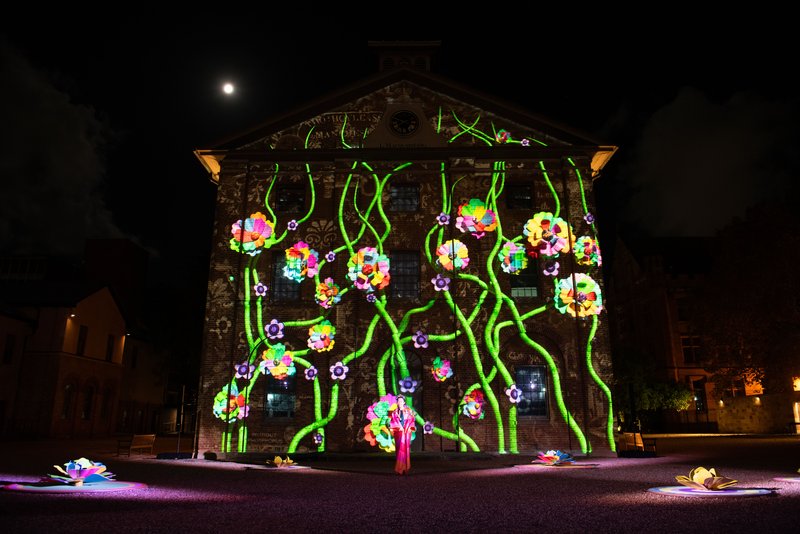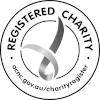World Mental Health Day is Friday 10 October. NAVA is drawing attention to the urgent need for change in the visual arts, craft and design sector. The inherent precarity of arts work, marked by financial instability, intense competition for funding, and unsustainable workloads, creates a high risk of burnout.
Artists are earning less today than they were two decades ago with incomes now 6% lower in real terms than twenty years ago. Salaries across the arts remain low, and organisations face parallel pressures: they are grossly under-resourced, with less money, fewer staff and growing responsibilities. These internal strains sit alongside external pressures including the rising cost-of-living and housing, systemic inequities, unsafe workplaces, barriers for marginalised artists, and the growing psychological and practical impacts of global events, war, genocide, and climate change. Together, these conditions create an environment where burnout and mental ill-health are widespread.
Findings from NAVA’s 2024 Member Survey, along with the more recent Tax Reform Survey and Artificial Intelligence (AI) and Visual Arts Practice Survey, confirm that mental health is a significant and growing concern across the sector. Artists spoke of the anxiety and exhaustion caused by financial insecurity. One respondent wrote, “The thought of being hit with a tax bill that I couldn’t repay fills me with fear”, while another described tax time as “confusing, frustrating, debilitating … it has impacted my mental health and energy for my creative practice.” From the AI survey, artists described feeling pessimistic about their future, with one respondent stating, “AI is affecting our mental health and wellbeing. I for one feel very pessimistic about my future as a creator.”
The combined effect of these pressures is taking a heavy toll on mental health across the sector. Without structural reform, these challenges will only intensify as artists and arts workers face the long-term effects of extreme weather events and ongoing social, political and economic disruption.
NAVA’s Code of Practice, the new Creative Workplaces website, and the Support Act Wellbeing Helpline provide targeted advice and important resources. The opening chapter of NAVA's Code: Principles, Ethics and Rights reflects the industry’s growing concerns with justice, access, fair work, and representation. It offers guidance for artists, arts workers, and organisations navigating professional relationships and making ethical decisions in their work and practice. Similarly, the mental health guidance within Creative Workplaces offers practical information on how organisations can build safer and more supportive environments. The Support Act Wellbeing Helpline remains a critical, free and confidential service for artists and anyone working in the arts, offering up to 12 counselling sessions with experienced professionals. But what we continue to hear from the sector is that demand goes well beyond these supports. People need systemic change.
This concern is deeply rooted in the structural realities of working in the arts. The precarious nature of artistic work, combined with pressures such as financial instability, lack of sustainable support, housing stress, barriers to creative spaces, and instances of bullying, all of which contribute significantly to poor mental health. These challenges will only deepen without structural reform.
Censorship is also a growing pressure on artists and arts worker wellbeing. In NAVA’s 2024 Member Survey, respondents spoke of galleries censoring work for political reasons and of organisations self-censoring to align with funding requirements. Others raised fears about being silenced for expressing contested political positions. These experiences do more than limit artistic freedom. They add to the stress, anxiety, and isolation already felt across the sector. When artists are forced to withhold their voices or reshape their work to fit institutional or political boundaries, the result is not only diminished mental health but a narrowing of cultural expression at the very moment it is most needed.
Improving mental health in the arts requires systemic reform. The wellbeing of artists and arts workers must be recognised and supported through sustained funding, equitable pay, accessible workplaces, and adequate resourcing for organisations to meet growing demands. It also depends on stronger structural foundations including industrial coverage, improved recognition of artists’ intellectual property, tax and superannuation reform and more.
NAVA’s work across policy, industrial reform, pay standards, and workplace practices is driven by the goal to improve the conditions of work and practice for artists and arts workers.







